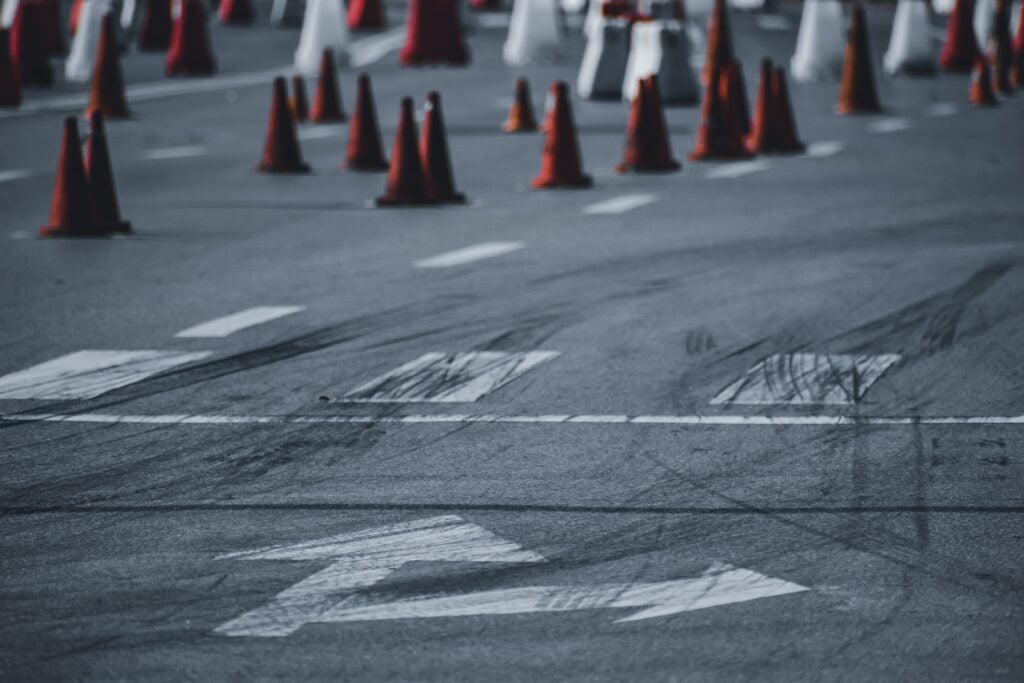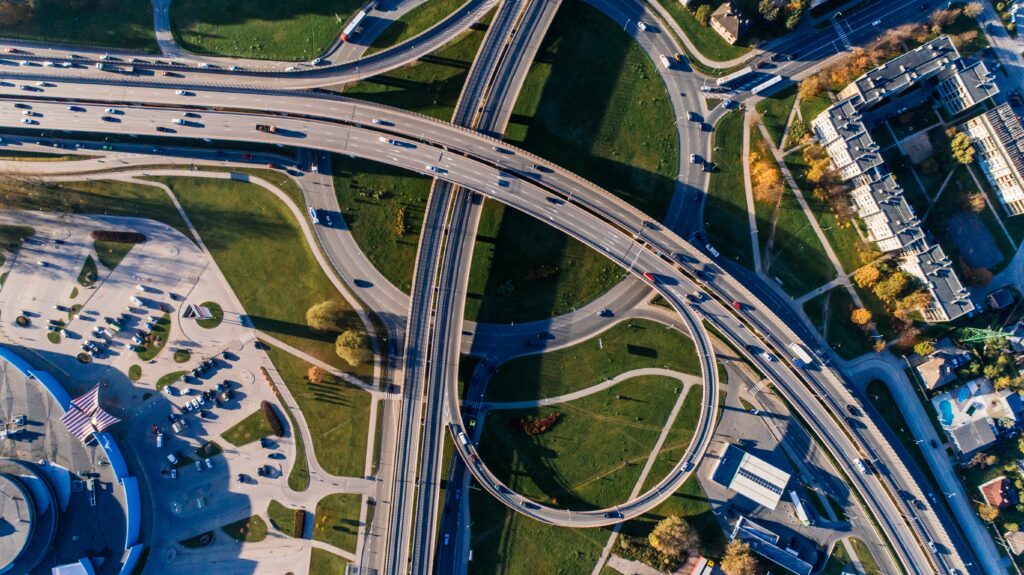When we commonly speak of drowsiness, we may use a range of terms interchangeably, such as fatigue, tiredness, or sleepiness. In common speech, this is fine. But for the purposes of understanding the underlying science, we need to be more precise around what each of these words mean. Drowsiness is not fatigue Fatigue is defined...









